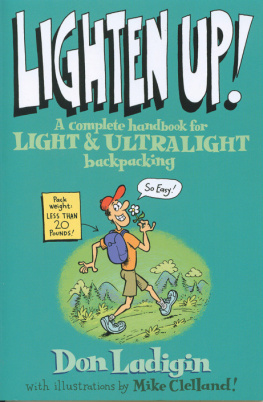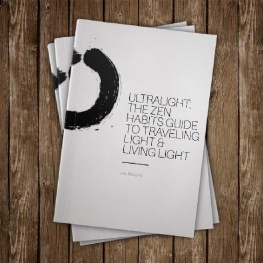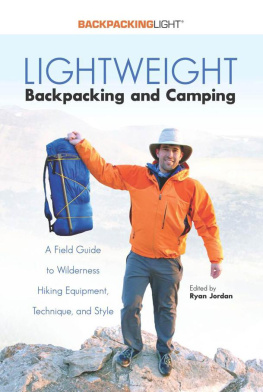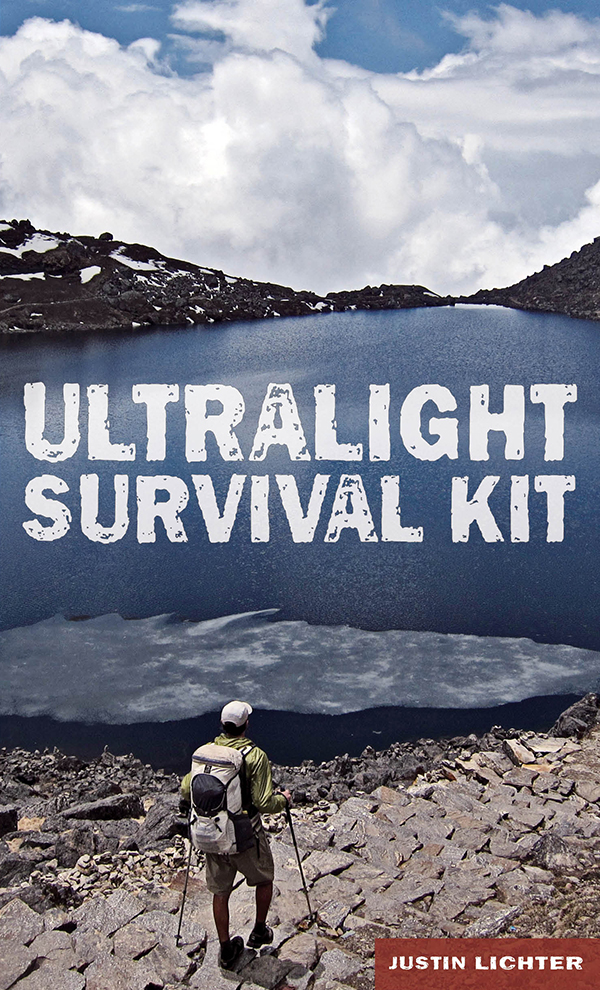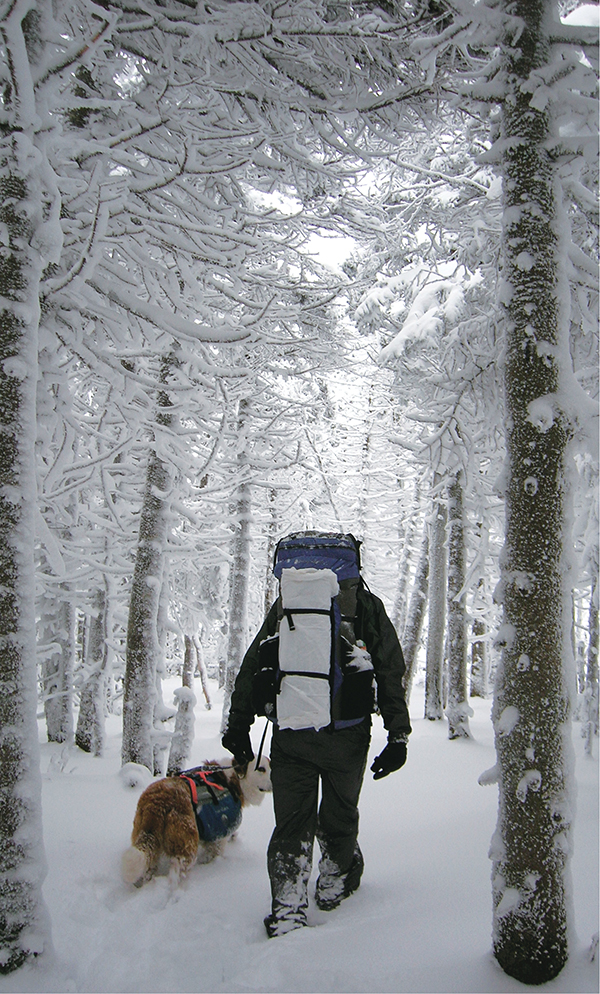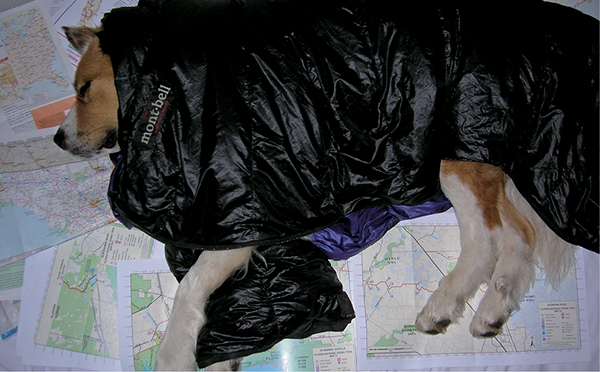Copyright 2014 Morris Book Publishing, LLC
ALL RIGHTS RESERVED. No part of this book may be reproduced or transmitted in any form by any means, electronic or mechanical, including photocopying and recording, or by any information storage and retrieval system, except as may be expressly permitted in writing from the publisher. Requests for permission should be addressed to Globe Pequot Press, Attn: Rights and Permissions Department, PO Box 480, Guilford, CT 06437.
FalconGuides is an imprint of Globe Pequot Press.
Falcon, FalconGuides, and Outfit Your Mind are registered trademarks of Morris Book Publishing, LLC.
Interior photos by Justin Lichter unless otherwise credited.
Text design: Sheryl P. Kober
Layout: Sue Murray
Project editor: Julie Marsh
Library of Congress Cataloging-in-Publication Data is available on file.
eISBN 978-1-4930-0765-3
The author and Globe Pequot Press assume no liability for accidents happening to, or injuries sustained by, readers who engage in the activities described in this book.

Welcome to the Ultralight Survival Kit!
Hiking and backpacking are activities with low barriers to entry. Anybody can participate in them. They are rewarding and amazing, but skills and know-how come with experience. The calm and serenity of being in nature can quickly change into fear. Countless times I have seen people turn around and head back to the trailhead when the situation changes or, worse yet, continue and get in over their heads. I have had to make the same choices numerous times. Knowing when and where to turn back are just as important as the skills to handle unforeseen circumstances. This book will explain the skills you will need if you decide to push on, while still carrying minimal equipment to handle any situation you might encounter. It will explain in an easy-to-read format what to look for, how to overcome most situations you could face in the backcountry, and how to handle things if they take a turn for the worst.
This entire book is filled with on trail tips and skills. Initially it covers some skills that will help make your time in the wilderness more comfortable. Comfort and enjoyment are key ingredients to a successful trip. From there we move on to those Oh $&!# moments and everything youll need to be prepared and remain safe. Too many people are hesitant to pare down their equipment into the lightweight and ultralight realms simply because of that what if situation. This book explains how to overcome those what ifs using what you would typically carry in a standard ultralight kit.
My goal is to get people outside. We need to reconnect with wilderness and value the remote places that we have left. I want you to have fun and experience the backcountry safely so that you arent too intimidated to head out. Hopefully this book will help you accomplish that. I have trimmed and cut back anything extra or unnecessary from this book, similarly to what I have done with my own backpacking kit. It is streamlined so you that can carry this book along with you and read it on the trail. Reference it if or, I should probably say, when you get into a hairy situation. These circumstances are inevitable but overcoming them can make a trip that much more rewardingand make for a great story afterwards!
Justin Lichter aka Trauma
P.S. Remember to pack it in, pack it out; tread lightly; take only pictures, and leave only footprints; and practice Leave No Trace outdoors ethics. Visit LNT.org for more info.
Plan, Pack, and Get Organized
I cant stress the importance of planning enough. I live by the mantra Prior proper planning prevents piss-poor performance. You can never plan too much; good planning will prevent or at least prepare you for the conditions and situations you might encounter.
When you are planning, it is crucial to look at the weather forecast, including potential high and low temperatures, trail conditions, the gear and equipment you will need and that will work best for those conditions (especially if you are doing anything technical) and any other conditions that might be applicable, such as snowpack, river flows, and avalanche forecasts. Planning also entails thoroughly researching the maps and routes to assess realistic daily mileage goals and possible campsites, as well as potential resupply locations. This all ties into how much food you will need to carry and what gear you will need.
When you are planning, it is important to weigh the pros and cons of your equipment for the conditions you are likely to face. This will help you slim down what you need to pack and decide such things as how warm a sleeping bag you should bring and what shelter you should pack. To help you get organized for your trip, I have incorporated a Gear Checklist (GC) into the back of this book. This list helps ensure that I dont forget anything when I am rushing to head out the door. I have learned from previous episodes of futility, where I set out and hiked to camp, only to realize that I had forgotten my tent stakes, ground sheet, lighter, or some other essential item. The GC also helps you easily visualize and itemize the weight of each piece of gear in the constant effort to eliminate unnecessary items and reduce weight.
Yoni is hard at work planning our trip. Spreading out is typical for when I plan a hike, especially when I am not following a commonly used trail. I will use a road map to show me the backcountry areas and possible resupplies. Then I will scale down to Benchmark state series maps, followed by actually mapping it on the AllTrails software. I will print out the maps from the software (cutting the white borders off the pages) and sometimes cut up the Benchmark maps to carry with me.
Keep Your Pack Light without Sacrificing Essentials
There are hardly any true essentials of backpacking. There is a big difference between what you need and what you want. There is also a big difference between what you need and what you think you need. Ultralight or lightweight backpacking is simplicity. Its streamlining what you have on your back and what you are carrying until you whittle down your equipment to just what you are using regularly. Any other item is not a necessity. It helps to think outside the box and find multiple purposes for essential items.


